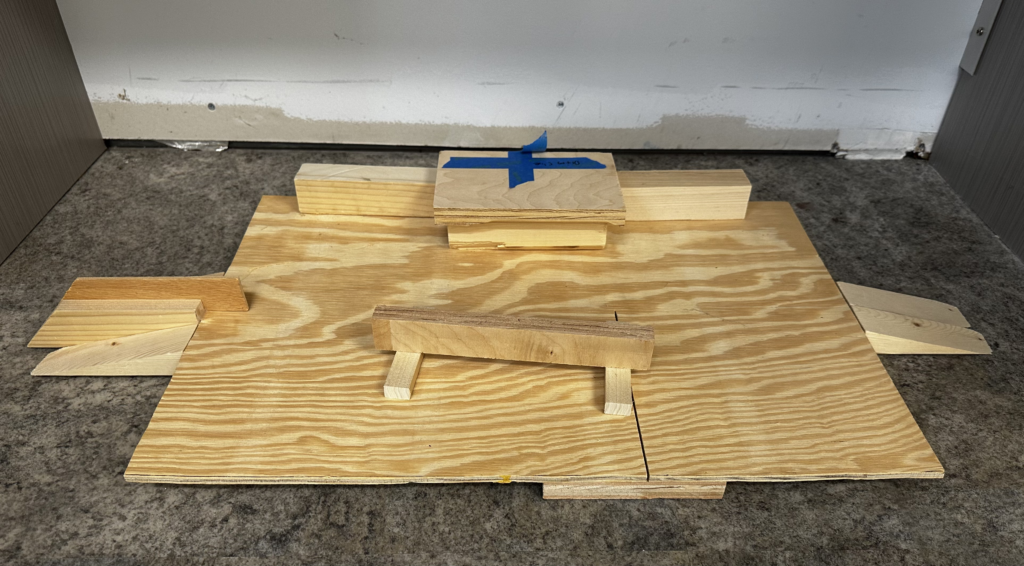- what learning games have you played? can you categorize them by the theory of learning types: behaviorism, constructivism, constructivism or social nature? if you played more than one which was the most effective?
I have played Behaviorism games (Duolingo), constructivism games (say minecraft), and social constructivism (fortnite). I personally like constructivism games, since they keep the player engaged and you have to take initiative.
- is gamification bullshit, what is ian bogost’s argument and do you agree? where have you encountered it outside of class and what was your experience?
He argues that gamification reduces the complexities of human motivation. I think there’s truth to Bogost’s critique, especially when gamification is used in a way that feels artificial. I have personally seen it in health apps.
- What is a serious game and why aren’t they chocolate covered broccoli?
A serious game is a game designed for a purpose beyond entertainment, such as education, training, or social change. The reason they aren’t choccy broccy is because serious games are designed to engage and entertain while still serving a meaningful purpose.

